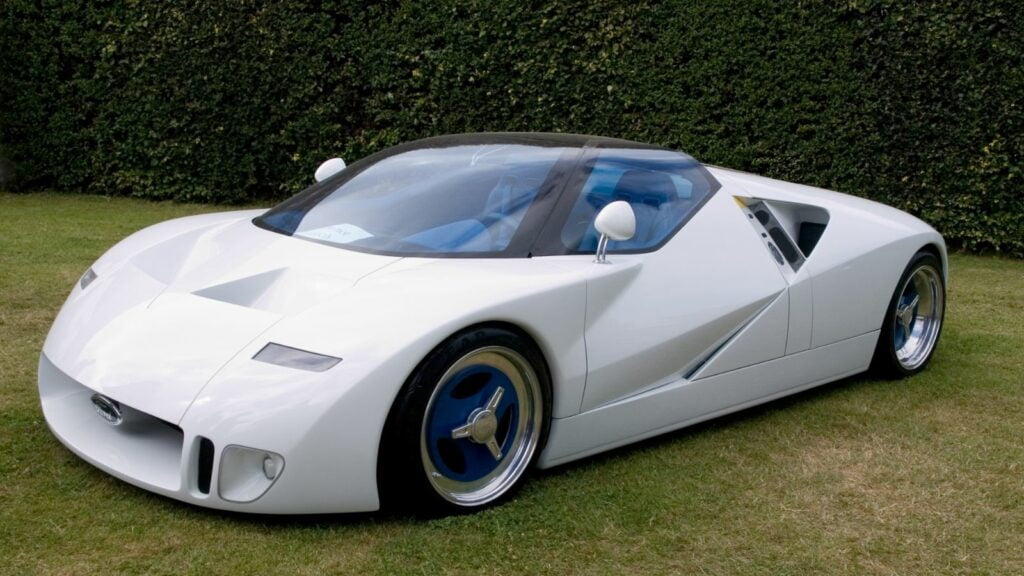The automotive industry has witnessed numerous breakthroughs throughout its history, each contributing to technological advancements, safety, and efficiency. Many of these past breakthroughs continue to shape how we design, manufacture, and use automobiles today. In this article, we’ll explore 17 such pivotal moments in automotive history that still profoundly impact us.
The Invention of the Internal Combustion Engine (Late 19th Century)
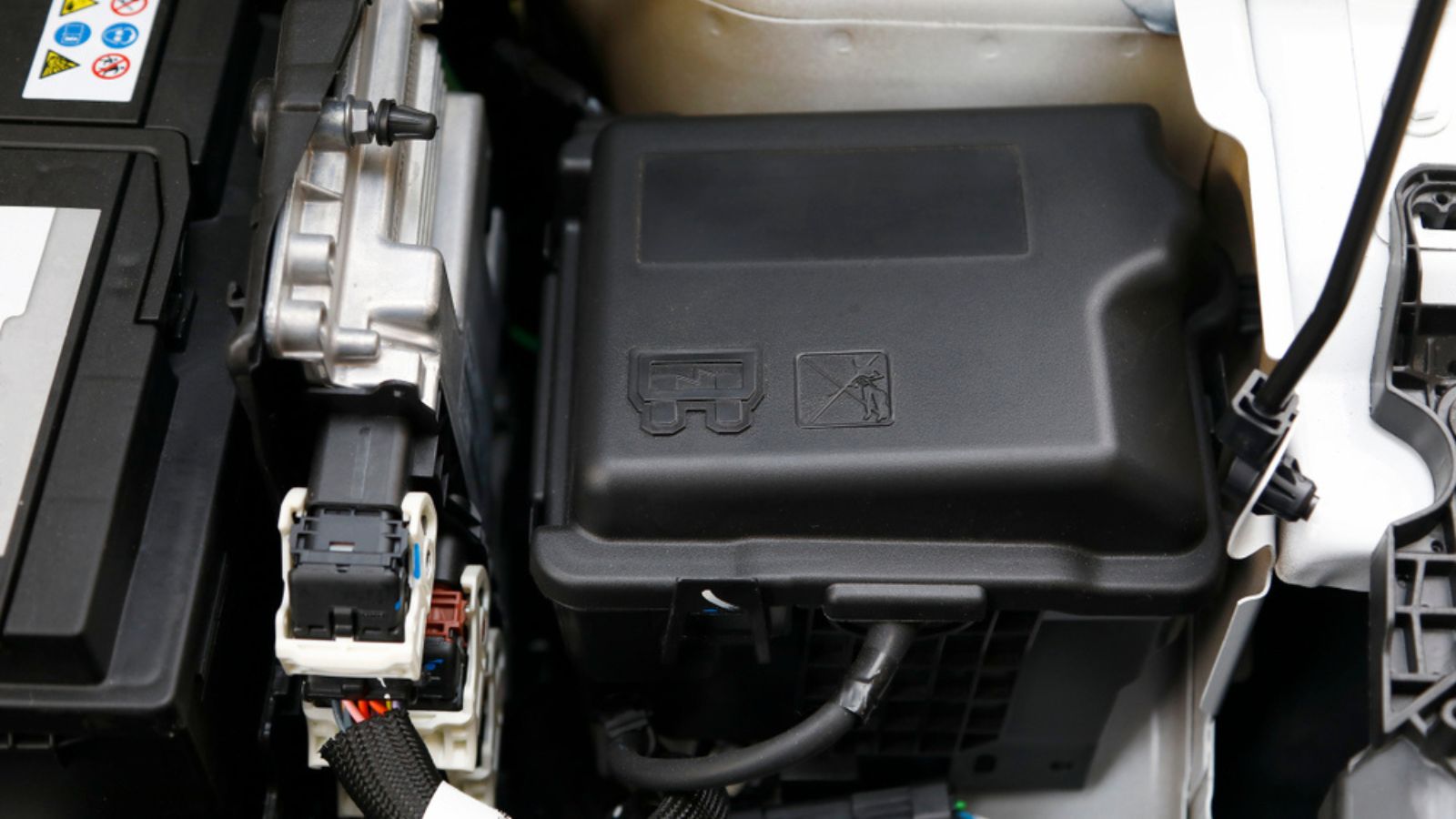
The invention of the internal combustion engine by Nikolaus Otto in the late 19th century revolutionized transportation. In an internal combustion engine (ICE), fuel ignition and combustion happen internally within the engine. This process converts some of the energy from combustion into mechanical work. The engine comprises a stationary cylinder and a movable piston. This breakthrough led to the development of gasoline-powered automobiles, laying the foundation for the modern automotive industry.
Mass Production and the Assembly Line (Early 20th Century)

Henry Ford implemented the assembly line in the early 20th century to produce his Model T cars, which transformed the manufacturing process. An assembly line was where semi-finished products were moved from workstation to workstation. Parts were added in sequence until the final assembly was produced. Ford streamlined production and reduced costs, making automobiles more affordable for the masses, shaping the modern automotive landscape.
Introduction of the Model T (1908)
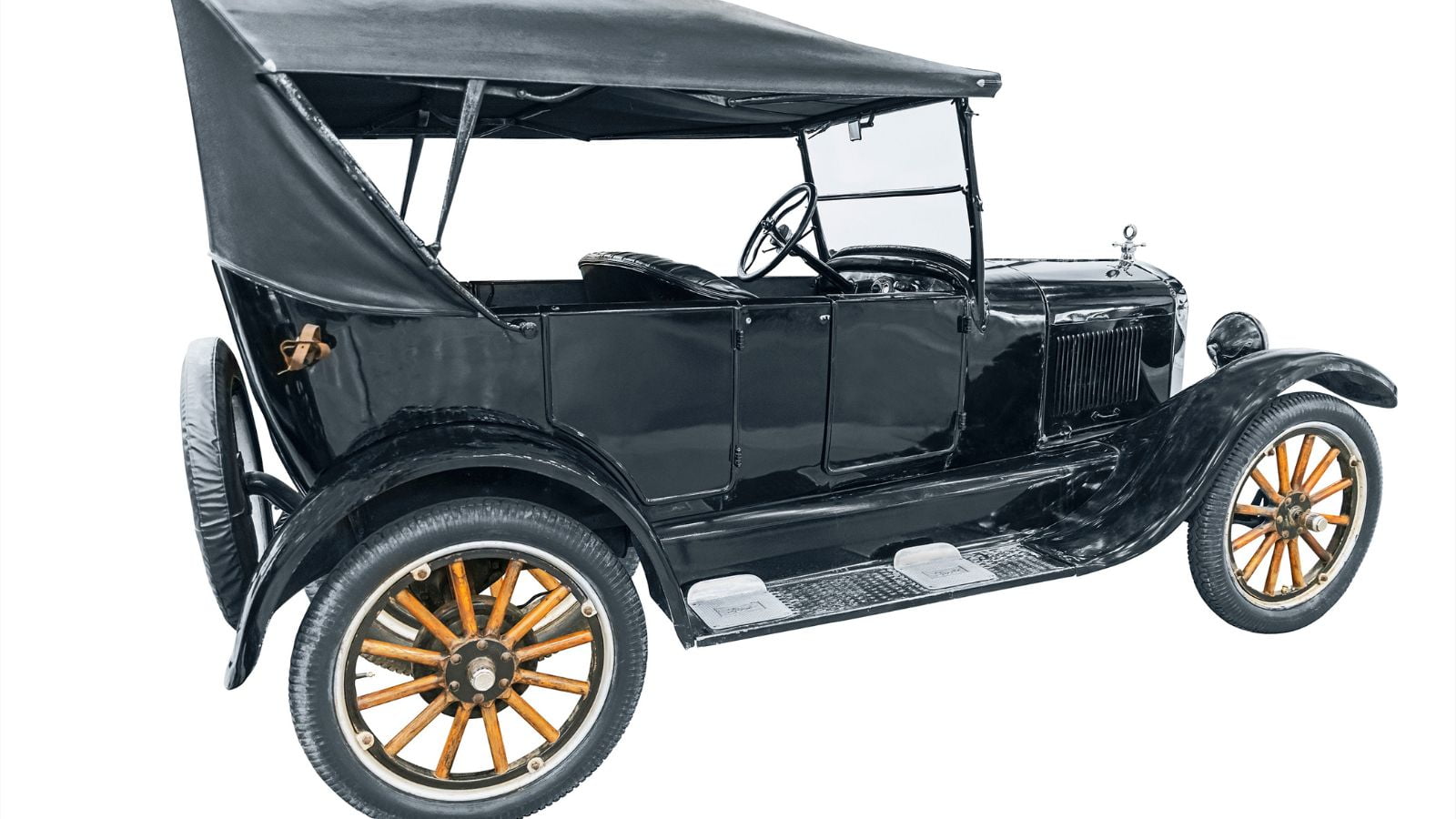
The Ford Model T, introduced in 1908, was the first mass-produced automobile, making car ownership attainable for the average consumer. The innovative automobile featured the steering wheel on the left side, facilitating convenient entry and exit for passengers. Additionally, it pioneered the integration of the engine block and crankcase into a singular unit, introduced a removable cylinder head for simplified maintenance, and utilized vanadium steel extensively for its lightweight yet durable properties. Its success established Ford as a leader in the industry and set the standard for future automotive designs.
Development of the Electric Starter (1912)

The 1912 Cadillac was the first car to feature an electric starter, invented by Charles Kettering. This innovation replaced the hazardous hand-cranking method, making starting the vehicle safer and more convenient. Kettering’s invention utilized an electric motor to turn the engine, revolutionizing automotive technology. This advancement democratized car ownership, eliminating the previously needed physical strength to start automobiles. The electric starter paved the way for modern ignition systems, fundamentally transforming the automotive industry.
Introduction of Hydraulic Brakes (1918)

Hydraulic brakes revolutionized automotive safety in 1918 when Malcolm Loughead (later Lockheed) patented the design. By using a liquid, typically brake fluid, to transmit pressure, hydraulic brakes offered superior stopping power and reliability compared to mechanical systems. This innovation enabled smoother, more controlled braking, enhancing vehicle handling and reducing stopping distances. As a result, hydraulic brakes quickly became the standard in automobiles, significantly improving road safety and paving the way for modern braking technology.
Invention of the Catalytic Converter (1950s)

Eugene Houdry’s invention of the catalytic converter in the 1950s revolutionized emissions control in automobiles. Catalytic converters have played a vital role in mitigating air pollution and improving air quality by reducing harmful pollutants emitted from vehicle exhaust.
Development of the Seat Belt (1959)

Nils Bohlin’s invention of the three-point seat belt in 1959 revolutionized automotive safety. It featured a three-point design, securing both the lap and shoulder, vastly improving restraint effectiveness. Before this innovation, seat belts were rudimentary and often uncomfortable. Bohlin’s invention significantly reduced injuries and fatalities in car accidents, becoming a standard safety feature worldwide.
Introduction of Anti-lock Braking System (ABS) (1970s)

The introduction of anti-lock braking systems (ABS) in the 1970s revolutionized vehicle braking technology. ABS enhances vehicle control by preventing wheel lock-up during intense braking, thus reducing the likelihood of skidding and accidents.
Implementation of Electronic Fuel Injection (1980s)
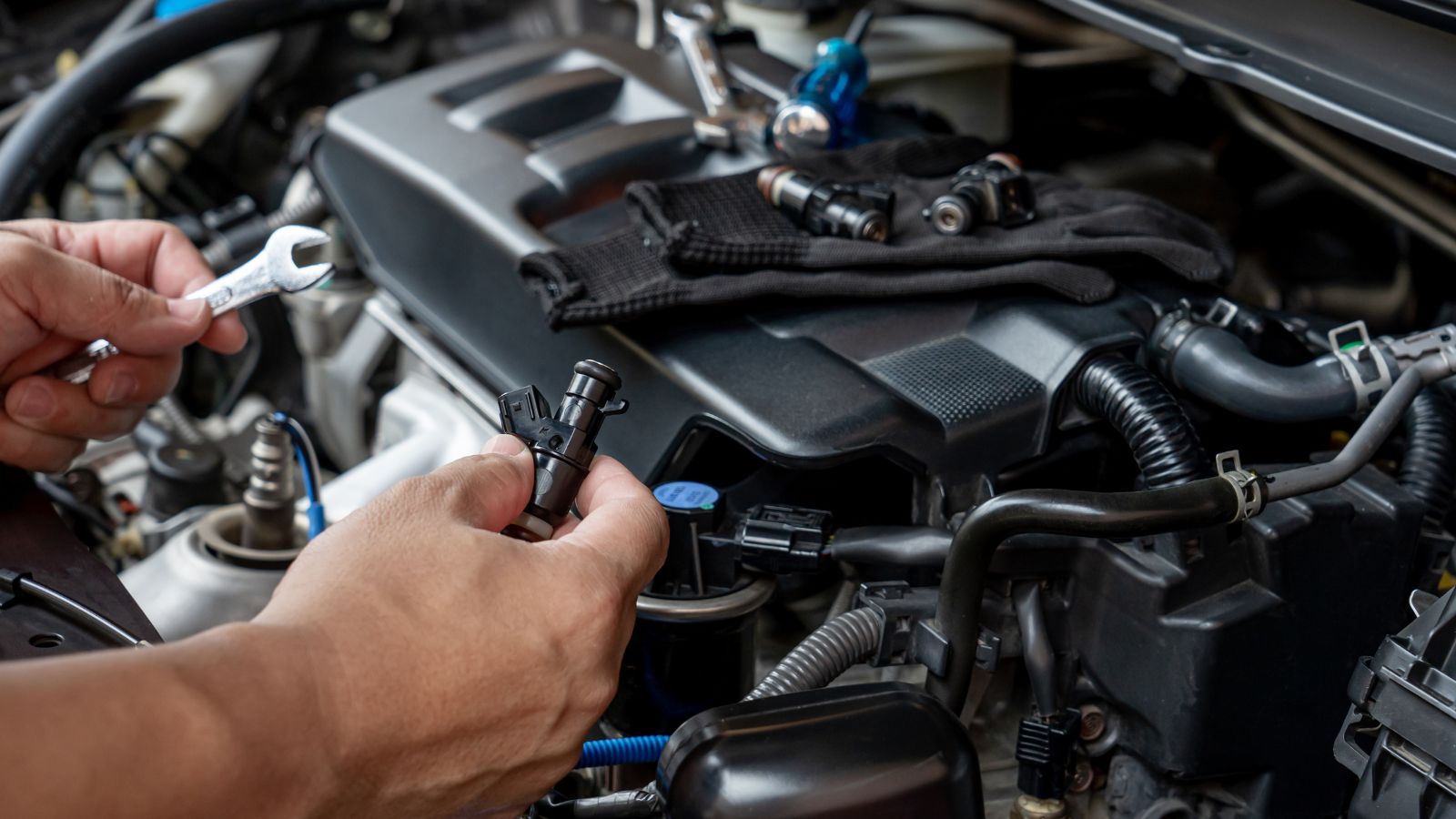
EFI replaced traditional carburetors with electronic sensors and injectors, enhancing fuel delivery precision. This innovation improved fuel efficiency, smoother engine operation, and reduced emissions. It also facilitated engine performance tuning, resulting in more power and responsiveness. EFI systems optimize fuel delivery for improved engine performance, fuel efficiency, and emissions control.
Development of the Airbag (1980s)

The airbag concept was patented in the 1950s, but it was in the 1980s that it gained widespread use in automobiles. Mercedes-Benz introduced the first commercially available airbag system in 1981, followed by Chrysler in 1988. These early airbags were primarily designed to deploy during frontal collisions and were a significant step in automotive safety. By the end of the decade, airbags were becoming a standard feature in many vehicles, revolutionizing passenger protection.
Introduction of Hybrid Electric Vehicles (HEVs) (Late 20th Century)
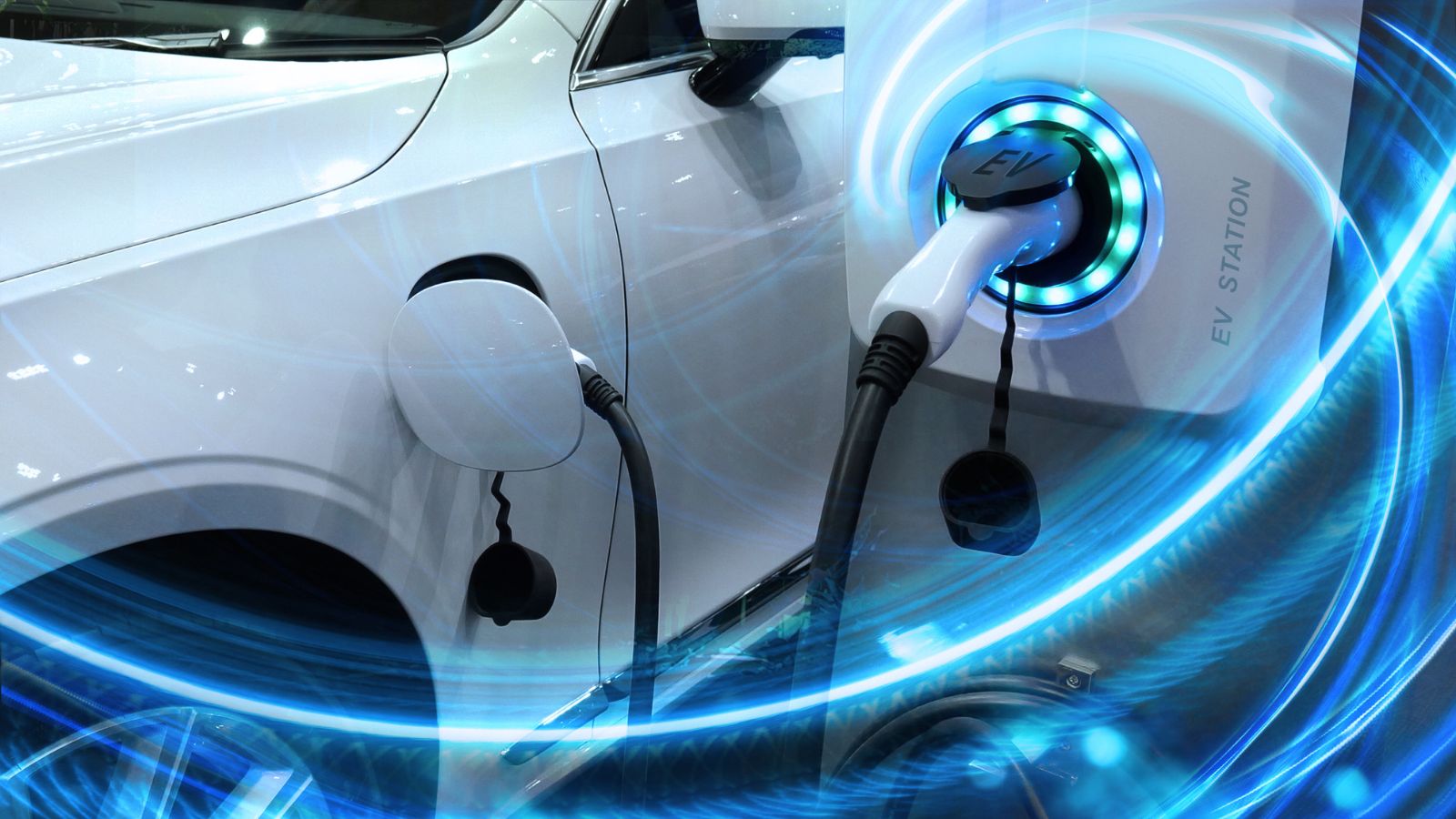
The late 20th century saw a groundbreaking advancement in automotive engineering with the introduction of hybrid electric vehicles (HEVs). By integrating an internal combustion engine with an electric motor, HEVs ushered in a new era of improved fuel efficiency and decreased emissions, surpassing the performance of conventional gasoline-powered vehicles.
Advancements in Crash Test Technology (Late 20th Century)
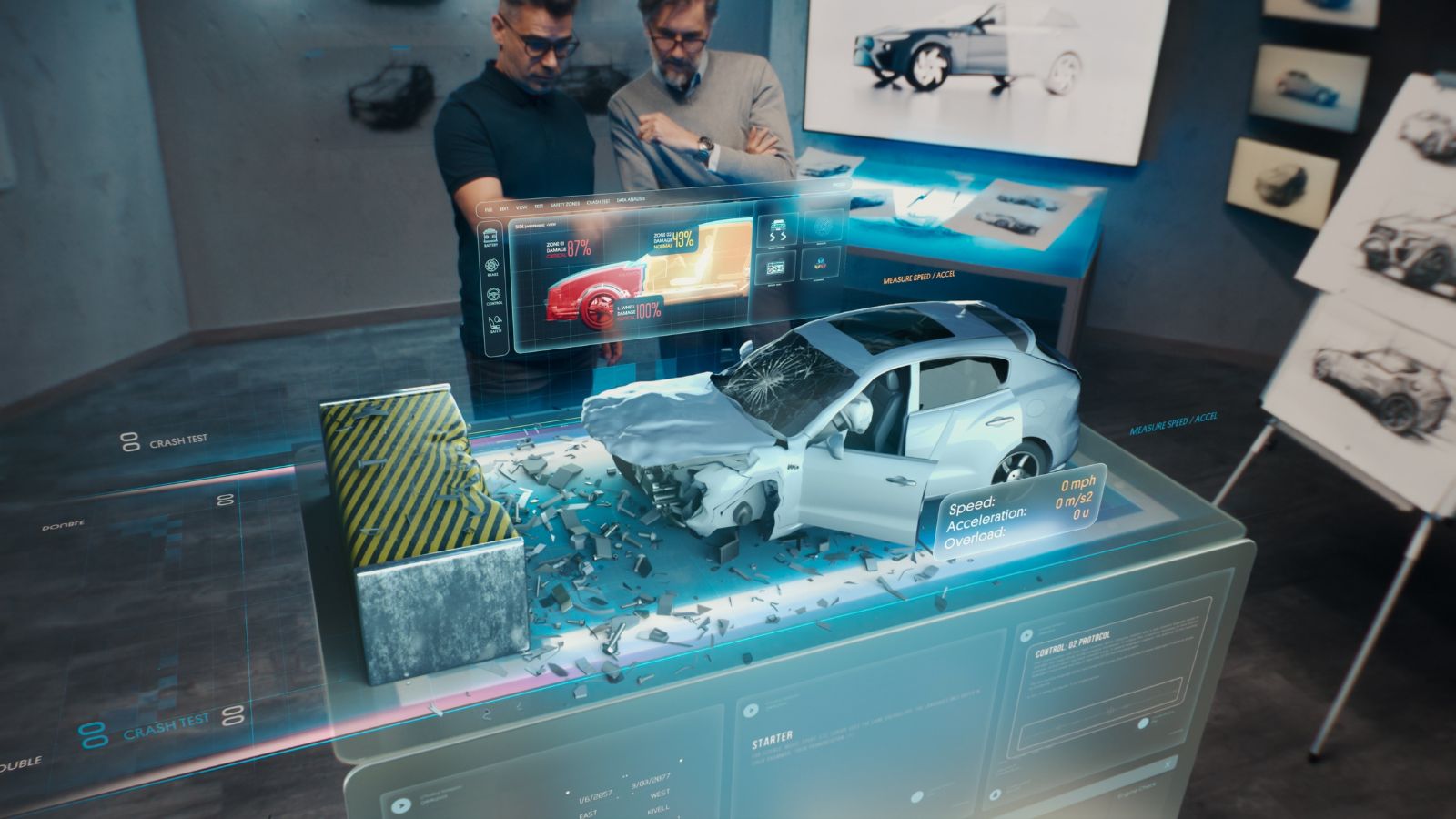
In the late 20th century, crash test technology advanced significantly, revolutionizing automotive safety. Innovations like crash test dummies, developed by Dr. Samuel W. Alderson in the 1950s, became instrumental. These dummies, equipped with sensors, replicated human responses during collisions, providing crucial data for improving vehicle designs. The introduction of computer simulations in the 1970s further enhanced testing accuracy, allowing engineers to analyze potential crash scenarios and design safer cars.
Implementation of Electronic Stability Control (ESC) (1990s)

Electronic Stability Control (ESC) was an advanced safety system introduced in the 1990s. It was designed to enhance vehicle stability and reduce the risk of skidding or loss of control. It utilized sensors to monitor steering input, vehicle direction, and wheel speed, automatically applying brakes to individual wheels or adjusting engine power to help the driver maintain control during sudden maneuvers or slippery road conditions. ESC has since become a standard feature in modern vehicles, significantly improving road safety worldwide.
Adoption of Direct Injection Technology (Early 21st Century)

Direct injection technology in the early 21st century improved engine efficiency and performance. Direct injection systems deliver fuel directly into the combustion chamber, producing more precise fuel metering and combustion.
Development of Advanced Driver Assistance Systems (ADAS) (21st Century)

Developing advanced driver assistance systems (ADAS) in the 21st century has transformed the automotive industry. ADAS has features such as adaptive cruise control, lane-keeping assist, and automatic emergency braking to enhance vehicle safety and driver convenience.
Emergence of Electric Vehicles (EVs) (21st Century)

Electric Vehicles (EVs) are revolutionizing transportation in the 21st century. They produce zero tailpipe emissions, reducing air pollution and combating climate change. With advancements in battery technology, EVs offer impressive driving ranges and fast charging capabilities, making them increasingly practical for daily use. Governments worldwide are incentivizing their adoption, promoting a transition to sustainable transportation. EVs also have lower maintenance costs and contribute to energy independence by reducing reliance on fossil fuels.
Advancements in Autonomous Vehicle Technology (21st Century)

Advancements in autonomous vehicle technology can revolutionize transportation in the 21st century. Self-driving cars promise increased safety, efficiency, and mobility for individuals and communities worldwide.
18 Most Disappointing Cars of the Decade – And Why They Failed

The last decade has seen many novel inventions in the auto industry, including technologies in both the gasoline-powered and electric vehicle spaces. Each has had its triumphs and tribulations, contributing to the industry’s evolution. Some have had the most ambitious beginnings but have been out-maneuvered, whereas others have stopped production for strategic reasons to mobilize other models. Here is a list of the 18 most disappointing cars of the decade. 18 Most Disappointing Cars of the Decade – And Why They Failed
